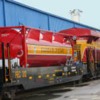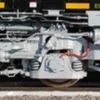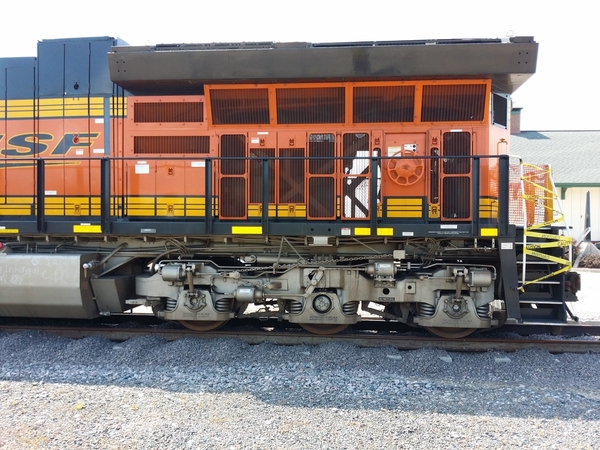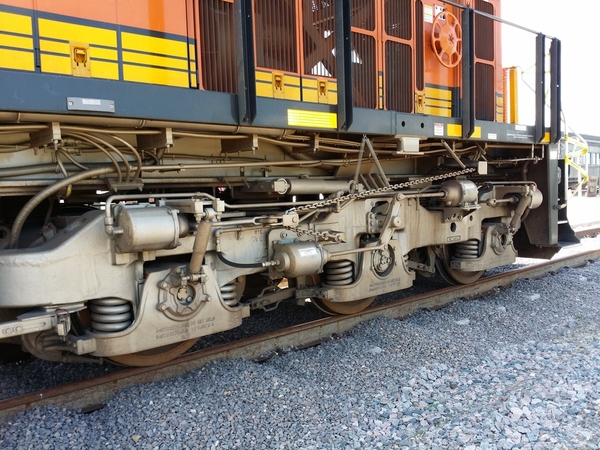Lionel has made models of the GE ES44AC quite a bit. They did make the BNSF Golden Swoosh ES44DC. However, they have never done an ES44C4 model. I model the BNSF and other western railroads in the modern day, so for Lionel to make a BNSF ES44C4 with correct details would be awesome (also BNSF rosters over 1200 of the ES44C4s as well as 275 of the Tier 4 ET44C4s).
The GE ES44C4 is a newer version of GE's bestselling GEVO Series of locomotives. While most modern US diesels have 6 powered axles, the ES44C4s have only 4 powered axles (called A-1-A in American Association of Railroads (AAR) nomenclature). Why is that?
Back in the 1950s, passenger locomotives like the Alco PAs, FM Erie-Builts, and EMD E-Units had 6-axle trucks with 4 traction motors. These were passenger locos, so they didn't need the 6 motors. Some other early diesels from Alco, Baldwin, and FM from the 1940s-50s also had 4 powered axles on 6-axle trucks. This spread the engines' weight over a larger section of track to prevent damage to lighter rails and bridges.
However, the GE ES44C4 is a heavy haul modern AC-Traction locomotive. Why do these modern beasts have only 4 traction motors? Put simply, GE's ES44C4s have traction control software that controls air pressure in extra air cylinders on each truck that allows the engines to maintain adhesion by varying the weight on each axle. The reason GE developed the ES44C4 was to replace locomotives with DC traction motors. AC traction motors are more reliable, require lower maintenance, and produce more tractive effort.
Only two railroads ordered the ES44C4 model: BNSF with 1280 units, and Florida East Coast (FEC) with 24 units. FEC converted their ES44C4s to run on an LNG/Diesel fuel mixture.
It's a bit strange (to me, at least) why Lionel hasn't made the ES44C4 yet. Here's what I would want in a Lionel ES44C4:
-Correct truck side frame details, as seen in photo 3
-FEC version with new tooling for the LNG fuel car (it's basically a converted intermodal well car with a tank container.
-BNSF version (I would buy one or maybe a few of these)












